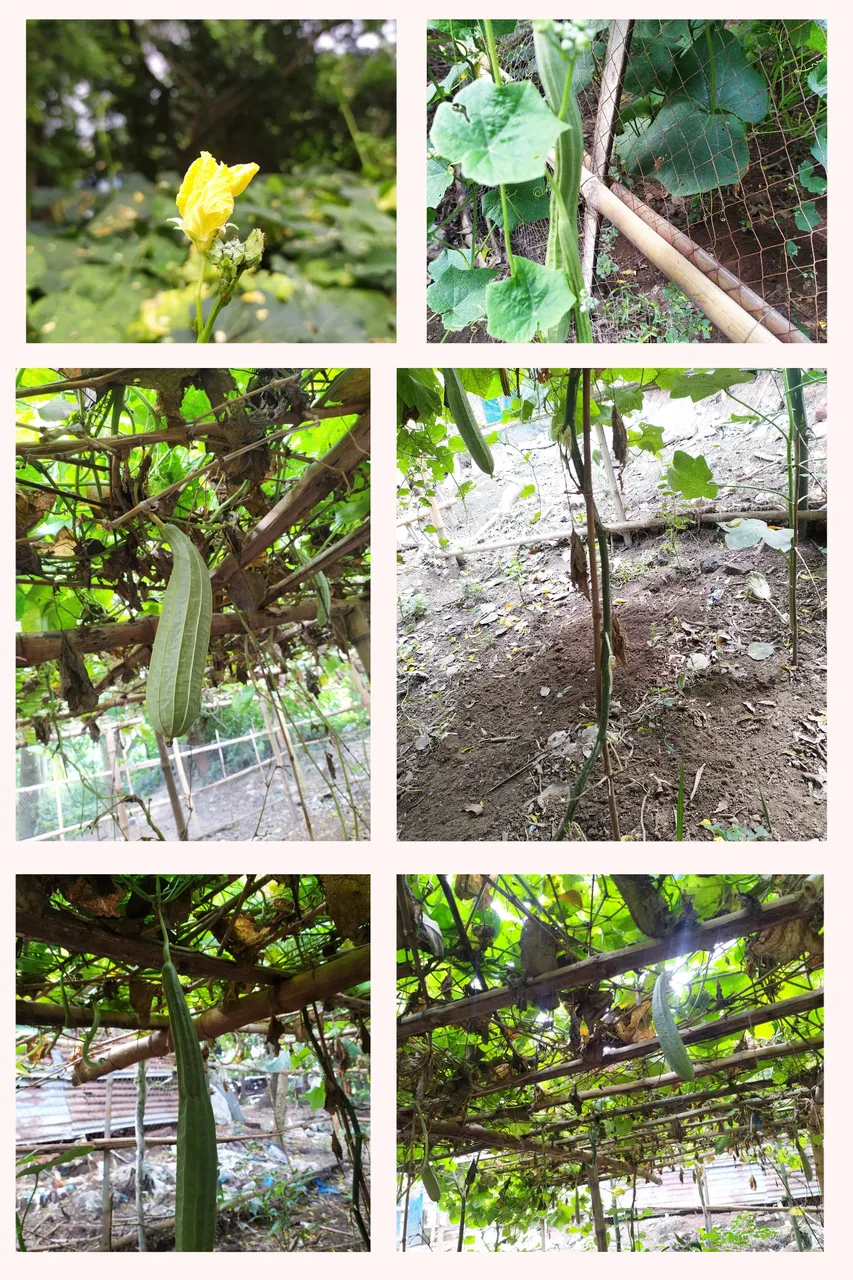
I'm starting this first with warmth to all and critical discussion. Assalamu Alaikum, I recognize all my dear kin and stay hopeful. I'm fine also. Mashallah, like every day I am proposing to you a couple of new things and new strategies to endeavor nature developing so you can accumulate a few information and grow moreover. Exactly when someone offers a generally speaking very misguided comment on my post, raises my blunder and downvotes me. I'm happy to have a comparable point with you, so to inspect the procedures and discussion of creating adjusting trees and what ought to be conceivable from it .The subject of the present post is to give you a thought regarding the technique for rice pumpkin development and its illnesses and cures and its advantages. I truly want to believe that you will like it.
What I am going to post today is that I am going to tell you about the cultivation of luffa plant and its diseases and remedies and its benefits. I hope you will like it.
LUFFA:
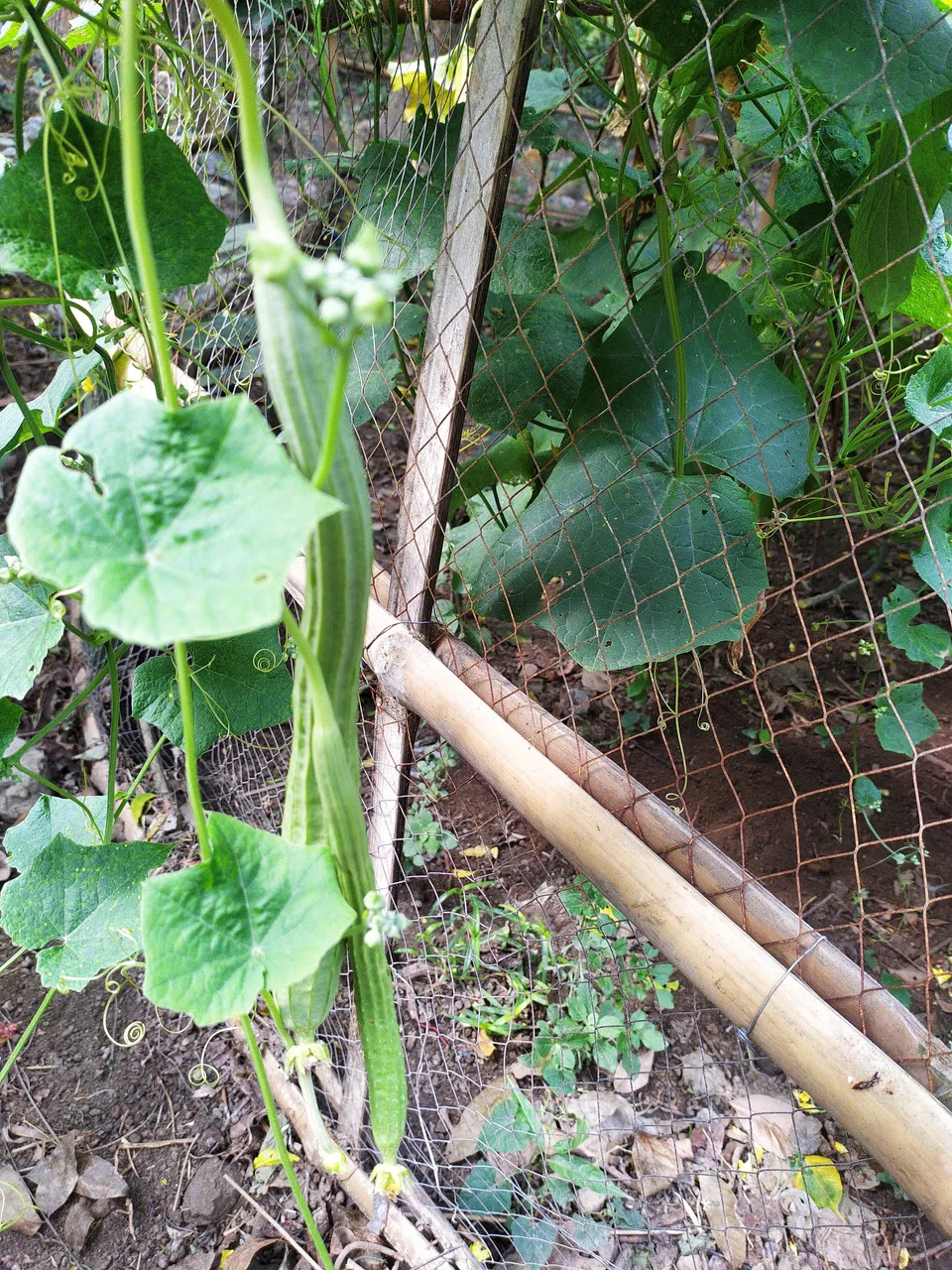
LUFFA Vietnamese gourd, Vietnamese gourd, or Chinese okra is a tropical and subtropical vining plant grouped in the cucurbitaceae family.
Prawns are for the most part of two species, to be specific, luffa aegyptiaca and luffa acutangula. Dhundal is fundamentally developed as a vegetable. Gathered youthful for food as a vegetable. This vegetable is exceptionally famous in China and Vietnam. Dhundal is typically lasting, found in February-May. Can depend on 6"- 18" long.
In the eighteenth 100 years, European botanists anglicized it from the Egyptian Arabic name loof.
Technique For LUFFA CULTIVATION:

Jhinga is a famous summer vegetable of Bangladesh. It contains 0.5 grams of protein, 33.6 micrograms of beta-carotene, 5 mg of L-ascorbic acid, 18 mg of calcium and 27 mg of phosphorus for every 100 g of consumable part.
Environment AND SOIL:
Regions with delayed warm and damp climate and a lot of daylight are best for shrimp cultivating. Very much depleted loamy soils wealthy in high natural matter are best for effective development of shrimp.
position:
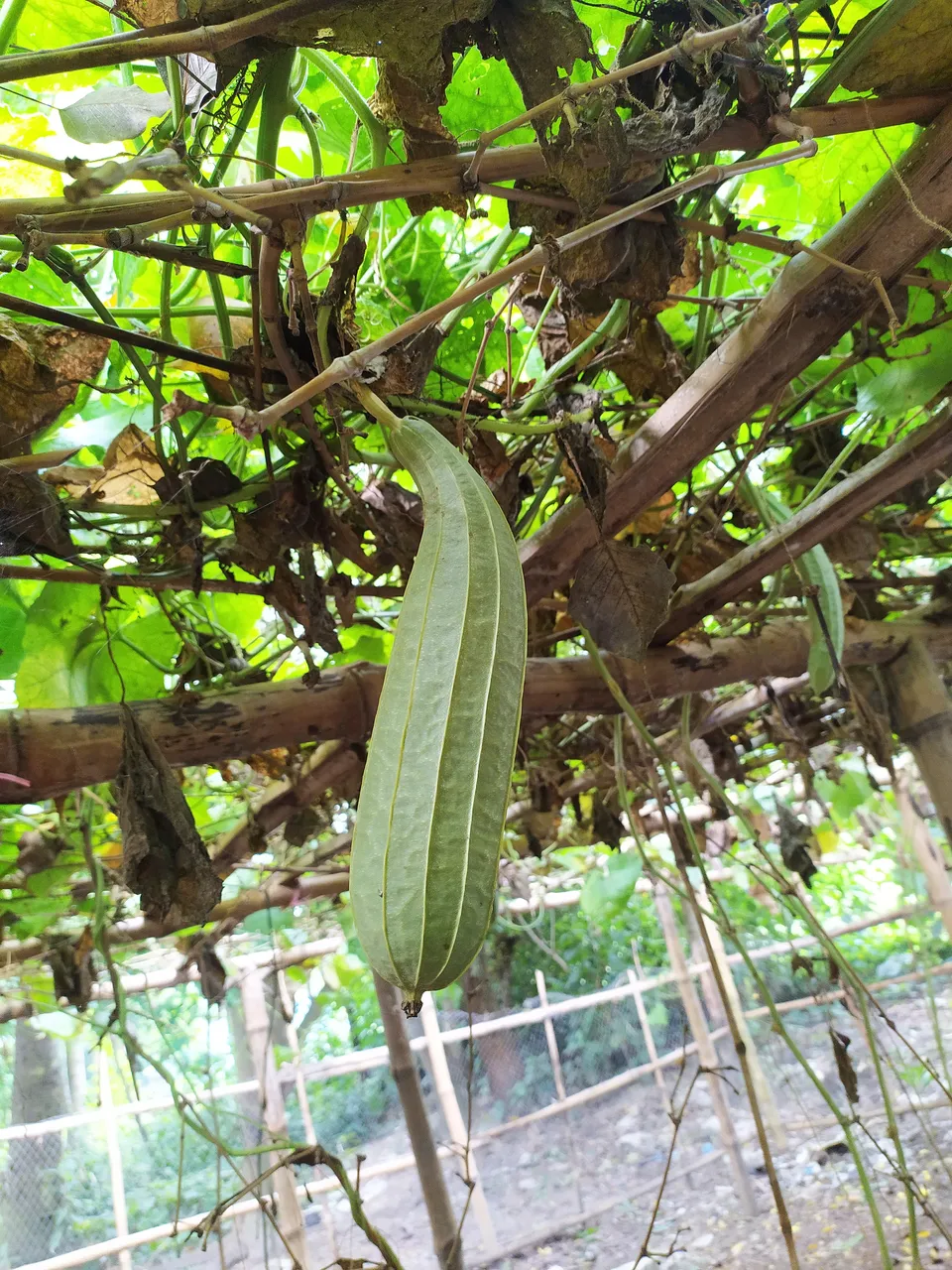
Bari Jingga-1
• Alluring dim green shaded natural product.
• Normal length 27 cm, weight 125 grams.
• Yield 10-15 tons for every hectare.
• Delivered in 2008
LIFETIME:
120-140 days.
Planting TIME:
February to March is the best chance to plant seeds.
SEED RATE:
3-4 kg for each hectare or 12-15 grams percent of seed is required.
Land choice and planning: For shrimp cultivating, land with great water system and waste offices and sufficient daylight ought to be chosen. The dirt and pit ought to be completely ready for root development of a similar plant. For this, the land should initially be very much furrowed and ready so that there are no enormous free and weeds in the land.
BED MAKING:
Bed level will be 15-20 cm. The width of the bed will be 1.2 meters and will be helpfully taken by the length of the long land. In this manner progressive beds ought to be made. Likewise, there will be 60 cm measurement water system and waste channels between the two beds and 30 cm wide channels after each two beds to work with crop care.
Readiness of mada and planting: The size of the mada will be 50 cm in breadth, 50 cm top to bottom and 50 cm in base. 60 cm wide water system and waste trenches ought to be made in one column at 2 meter spans along the focal point of the bed leaving 60 cm from the edges of both the beds. 16-17 days old seedlings ought to be established in one column in each bed.
Measure of seeds:
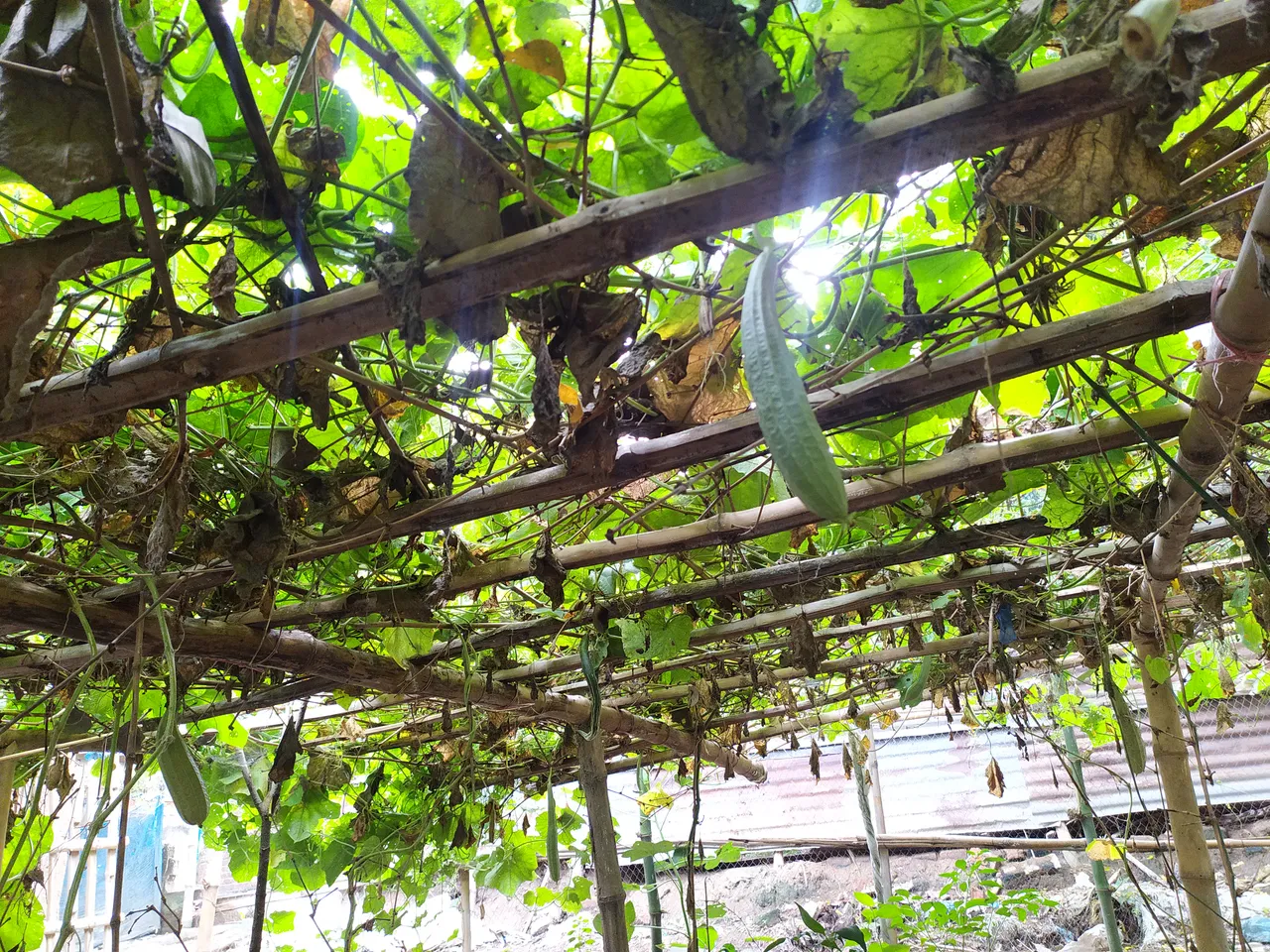
12 - 15 grams each century relying upon the assortment.
Manure Management:
| Manure Name | Manure percent |
|---|---|
| Manure | 80 kg |
| Urea | 700 grams |
| TSP | 700 grams |
| potash | 600 grams |
| Gypsum | 400 grams |
20 kg of waste, a big part of TSP and 200 grams of potash, complete gypsum, zinc, boron ought to be applied to the dirt during land readiness. Leftover cow manure (5 kg for each plant), TSP (30 g for every plant), 200 g of potash (20 g for each plant), all out magnesium (5 g for every plant) ought to be applied 7-10 days prior to planting. 10-15 days in the wake of establishing first time 200 grams of urea and 200 grams of potash (15 grams for each plant), second time following 30-35 days, third time following 50-55 days 200 grams of urea (15 grams for every plant) will be After 70-75 days of planting, 100 grams of urea (15 grams for every plant) ought to be applied
Manure sum and technique for application in luffa:
AFTERCARE:
WATER SYSTEM:
LUFFA is developed during summer. Water system may not generally be essential as it rains sporadically during summer. However, exceptionally dry weather conditions wins from late February to May. Here and there it doesn't rain by any means. Around then standard water system is required each 5-6 days.
BAUNI DIWA:
To get wanted yield of Jinga, it should be developed in space. Developing shrimp in the dirt lessens the market esteem because of discolouration of one side of the organic product, bringing about spoiling and decreased yield because of diminished regular fertilization.
Mulching After water system, cover the dirt with straw. Air flow in the root zone of the plant is upset by the level blockage. Hence, after every water system, light mulching ought to be finished to break the dirt outside layer at the foundation of the plant.
Compost APPLICATION:
Subsequent to relocating, apply the suggested application pace of compost per plant.
Counterfeit POLLINATION TO INCREASE FRUIT SET:
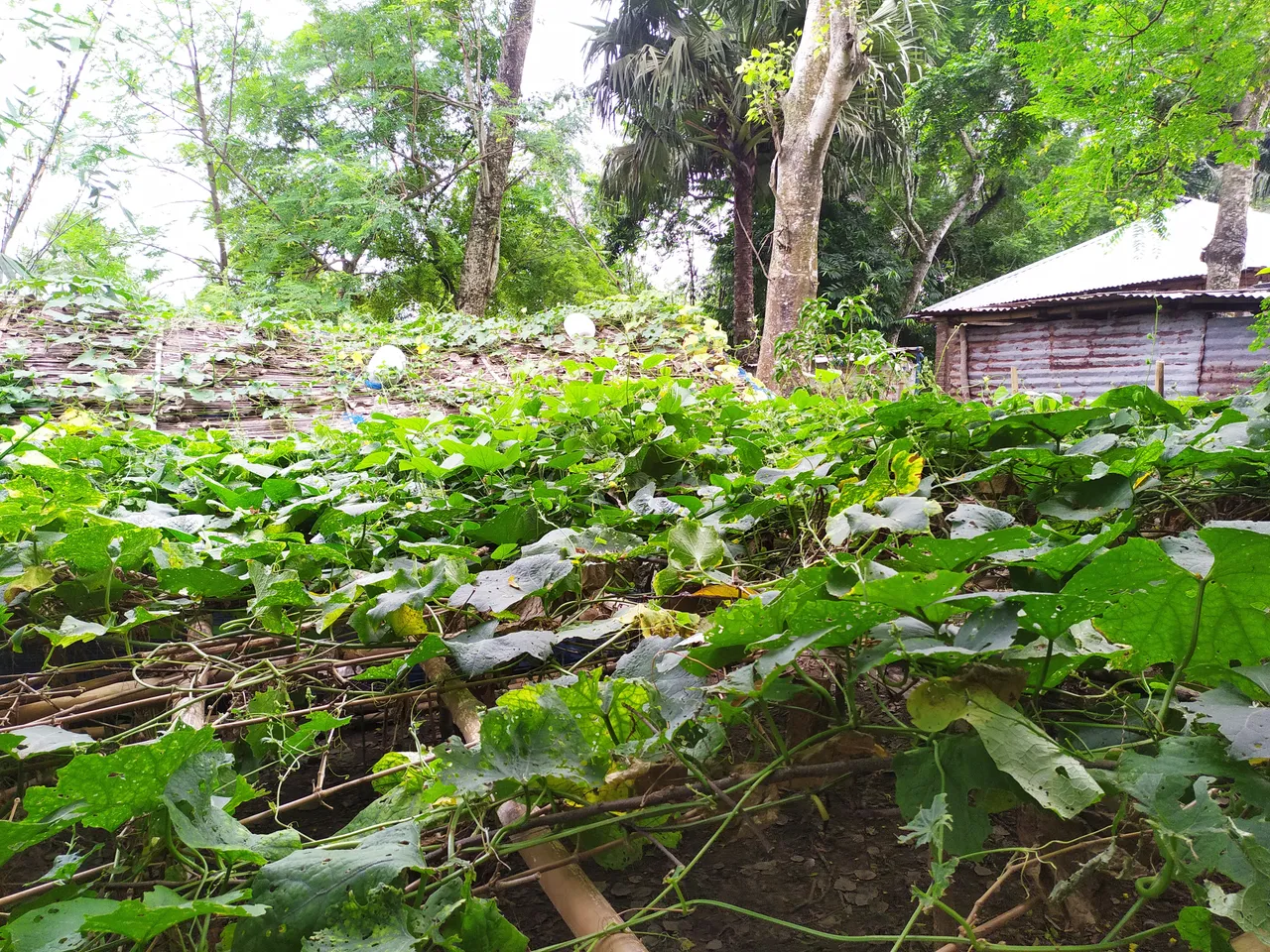
Fertilization of shrimp is done predominantly by honey bees. Three honey bee states for every hectare are expected for most extreme yield through normal fertilization. Additionally, it is feasible to expand the yield of jinga by 20-25 percent by fake fertilization.
Jinga blossoms sprout in the early evening. Blooming closes by 4:00 pm. Its fertilization happens subsequent to blooming till night and early morning. Counterfeit fertilization of Jhinga gives great yield. Counterfeit fertilization includes culling the male bloom subsequent to blossoming, eliminating the petals, and delicately scouring the anther (which contains the dust) of the organic product into the pistil (which lies between the petals behind the ovary) of the female blossom.
GATHERING (LOCATION OF EATABLE DEVELOPMENT)
• Jhinga organic products are harvestable following 8-10 days of fertilization.
• Organic product will look smooth and brilliant.
THE YIELD:
A decent assortment can be developed in prolific soil, yielding 10-15 tons (40-60 kg for each hectare) per hectare.
WOOL BUILDUP ILLNESS OF LUFFA AND ITS TREATMENT:
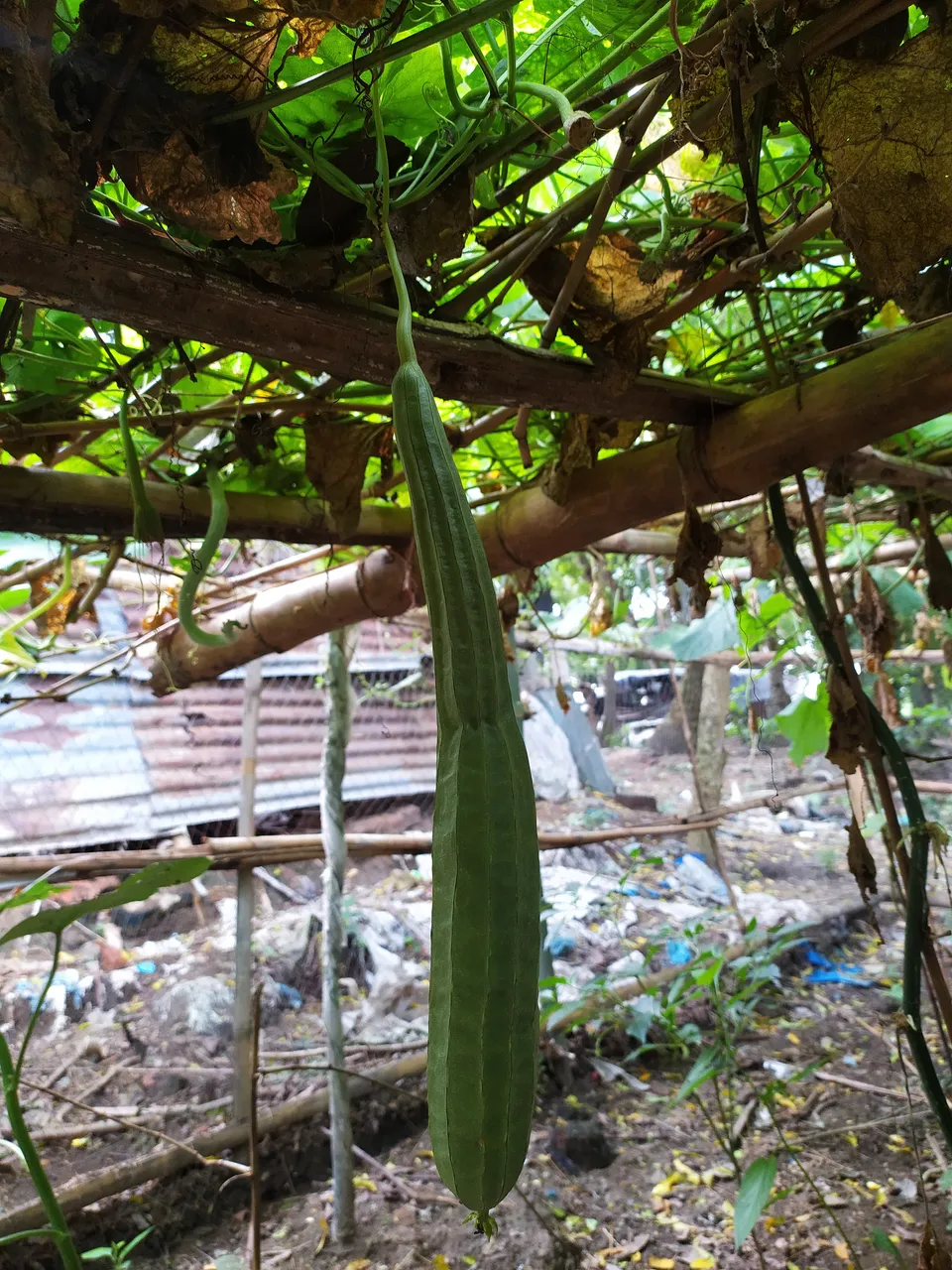
In our country vegetable plants feel somewhat uncertain about yield because of bugs and different illnesses. For each sort of illness in the harvest field, we take this sort of cure or technique. These cycles don't necessarily in every case work. Particularly a few distinct illnesses that spread such a lot of that it turns out to be extremely difficult to dispose of them from the field. Wool mold is one such illness in shrimp fields.
Side effects:
- The infection initially shows up on more seasoned leaves. 2. White or yellow to brown spots show up on impacted leaves. 3. Bit by bit spread to different pages.
The board:
- On the off chance that conceivable, gather and obliterate the impacted pieces of the tree. 2. (Mancozeb+Metaloxyl) bunch fungicides, for example, Putamil or Ridomil Gold or (Mancozeb+ Fenamidon) bunch fungicides, for example, Secure at the pace of 2 gm/liter or Sulfur bunch fungicides, for example, Cumulus at the pace of 2 kg/ha or Gaivet or Monovit or Macvit 2 ml. Showering blended in with water at the pace of/l.
##Alert:
- Try not to eat or sell those vegetables in no less than 15 days subsequent to showering. 2. Don't gather seeds from tainted fields 3. Try not to hurt the climate and general wellbeing by utilizing pesticides.
To be finished:
- Make a move at the earliest hint of side effects. 2. Plant seeds early. 3. Utilize adjusted composts. 4. Develop sickness safe assortments like Bari Innovators/other better assortments. 5. Elective feeders eg: keep weeds clean.
Shrimp Whitefly:
Name of the infection:
Shrimp whitefly bug
Side effects:
- They suck the sap from the leaves and the tree becomes feeble. 2. They spread viral sicknesses. 3. Various white winged flies should be visible on the leaves. 4. On the off chance that you shake the tree, bugs fly away.
The executives:
1Placing white paste sheets or utilizing light snares. 2. Standard field visits. 3. Disintegrate 50 grams of cleanser powder in 10 liters of water and shower well under the leaves 2/3 times each week. On the off chance that you blend 5 cups of gul (tobacco powder) with water, the outcomes are great. 4. Utilize endorsed pesticides if all else fails. For instance Edmire 0.5 ml or 0.25 ml Emitaf or 2 ml Tufgar/Ragob/Sanagar per liter of water for showering.
Alert:
- Try not to eat or sell those vegetables in somewhere around 15 days subsequent to showering.
To be finished:
- Make a move at the earliest hint of side effects. 2. Plant seeds early. 3. Utilize adjusted composts. 4. Elective taking care of, for example, keeping weeds clean.
Advantages of Jinga:

Shrimp is a notable vegetable of Bangladesh. It is a late spring and rainstorm vegetable. Its design is extended. It closes in a continuous shape on one side. The jing has longitudinally scored spots and the external covering is harsh. Jing blossoms sprout in the early evening. There are two kinds of shrimp. Harsh shrimp and sweet shrimp. Sweet shrimps are bubbled and eaten as curry. Shrimp has a place with the group of plants. The logical name of the shrimp is khabbhadha avandhamanshadh. Vegetables contain every one of the supplements expected by the human body. A considerable lot of us have hardly any insight into the properties of curry. Accordingly, I am denied of taking nutritious entire vegetables at extremely low costs. Shrimp is a vegetable that contains every one of the supplements. Shrimps are plentiful in vitamin A, calcium, potassium. Additionally, other food fixings are likewise less or less in it. Supplements per 100 grams of eatable shrimp
Fixings: Carbohydrates 4.3 grams, fat 1.8 grams, water content (water) 95 grams, food energy 30 kcal, mineral salt, 0.3 grams, fat 0.6 grams. Vitamin A 670 micrograms, Vitamin B-1 or Thiamin 0.11 mg, Vitamin-2 or Riboflavin 0.04 mg, Niacin or Vitamin B-6 0.3 mg, Vitamin C 6 mg, Calcium 40 mg, Phosphorus 40 mg, Potassium 40 mg, iron 0.5 mg, fiber 0.5 g, vitamin-E 1.20mg.Chemical Constituents: Shrimp contains a kind of harsh substance called Lufin. Blossoms and organic products contain free amino acids, arginine, goisine, lysine, thionine, aspergine, leucine. The seeds contain 20% saponins, glycosides, compounds and severe glycosides. The root contains betacin B and limited quantities of C.
Benefits and Medicinal Properties: Jinge vegetables are cool honey food. Increments stomach craving, lightens fever, hack, retching. Purges the stomach and keeps the body sound. Eating shrimps reinforces the body's invulnerable framework. Its L-ascorbic acid blood virtue further develops skin magnificence, skin illnesses, gum sicknesses and reinforces cancer prevention agents. Thus, the body isn't effectively impacted by infections. Indeed, even malignant growth microorganisms are annihilated in the body. Folate in shrimp forestalls coronary illness or cardiovascular failure.
Prawns contain fiber which is not difficult to process and eases obstruction (hard stools). The individuals who fear Gashti will profit from Jinge Khan. Shrimp contains vitamin E which goes about as a strong cell reinforcement. Decreases the gamble of coronary illness. Brings down levels of a kind of hurtful cholesterol called LDL (low-thickness lipoprotein) in the blood. Forestalls atherosclerosis in the veins liable for coronary illness and stroke. Increments richness in ladies and sexual influence in men. The body doesn't permit the pressure old enough. Thus, youth is kept up with.
1.Bitter shrimp is extremely valuable in worms and hemorrhoids.
2.Rubbing the underlying foundations of Jinge plant in cow's milk or cold water and eating it for three continuous days toward the beginning of the day and evening fixes stone illness.
3.Those who have overabundance gas collection in the stomach will profit from customary utilization of Jing karaki Jol. On the off chance that any piece of the body is harmed by an unpleasant shrimp nibble, the covering will diminish.
4.If there is a sore in any piece of the body, applying unpleasant ginger juice will decrease the sore.
5.Those who have water in their stomach will profit from Jing curry.
6.If somebody is sick, take a couple of ready shrimp seeds and blend them in with water to get benefits. Plant this valuable vegetable around the house and appreciate it. Approach to satisfy the nourishing necessities of the family.
I truly want to believe that you like the post, assuming you like it, kindly help me and urge me to make more posts like this. Thank you kindly everybody.
I hope you'll just like the post, if you prefer it, please support and encourage me to form such a post. many thanks all.
Special thanks to the supporting team...
cc @@@@@@canadian-coconut @trafalgar-law ......